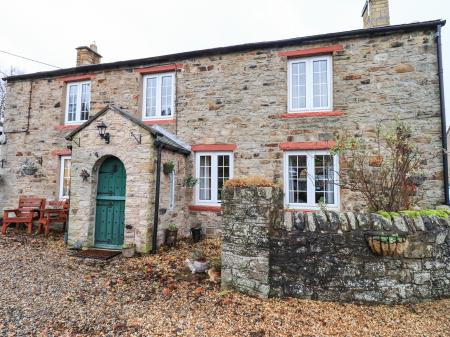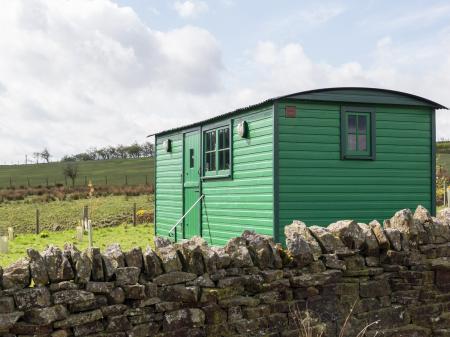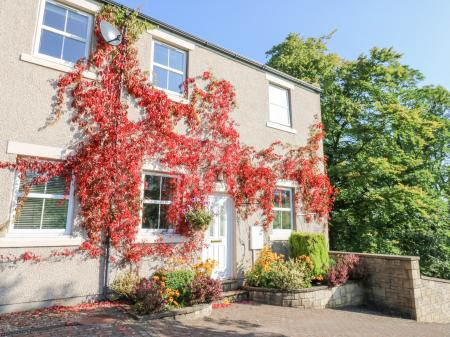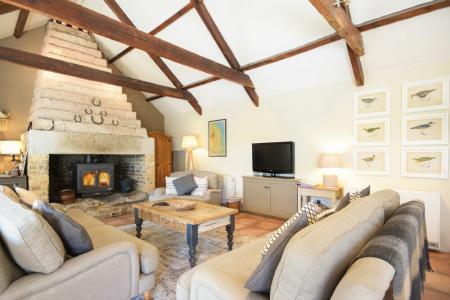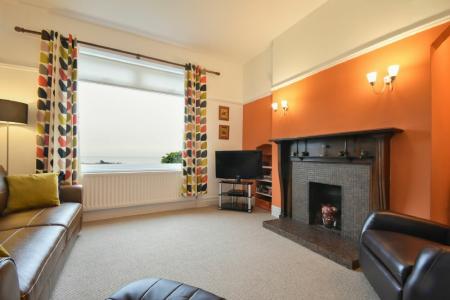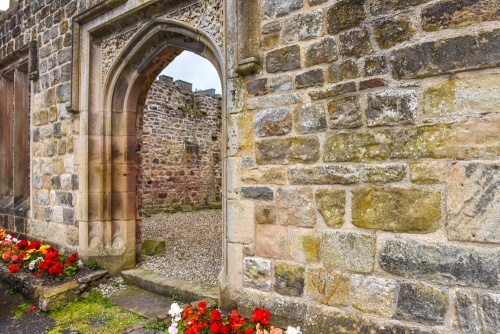
In 1877 a major restoration saw the addition of a gracious manor. During the 20th century, the manor was used as a hotel, but following a major fire in 1954 which saw much of the manor destroyed, the remainder was pulled down for safety reasons.
The ancient castle still stands, however, having outlived its more modern cousin. The walls stand to a great height and incorporate some Roman stones.
The White Lady of Blenkinsopp
A ghostly legend clings to Blenkinsopp Castle. The story goes that a medieval lord of Blenkinsopp married a rich wife. When she refused to tell him where her money chest was kept, he left to look for it and was never heard from again.
His wife, stricken with remorse, went to look for him, and she, too, was never heard from again. It is said that her spectre, known as the White Lady, wanders the castle.

Visiting
The castle itself is not signposted, but it is still easy to find. The Blenkinsopp Castle Inn and teashop are signed off the A69 just east of Greenhead. Just follow signs for the inn, and park in the visitors parking area. The Blenkinsopp site is a bit confusing, with a caravan village on one side and the inn on the other. The castle remains stand beside the inn.
Given that there were no signposts to the castle, I did not expect to find any information on the site, but I was delighted to find that the ruins were well-supplied with information panels explaining exactly what to see.
These information panels were excellent and pointed out where to see stonework from different time periods and what features to look for, such as medieval carvings and re-used Roman stones. The castle owners have obviously done a lot of work to make the site interesting for visitors, so it is a shame that there is very little publicity locally about the ruins.
Just a mile or so to the north is medieval Thirlwall Castle.






 We've 'tagged' this attraction information to help you find related historic attractions and learn more about major time periods mentioned.
We've 'tagged' this attraction information to help you find related historic attractions and learn more about major time periods mentioned.